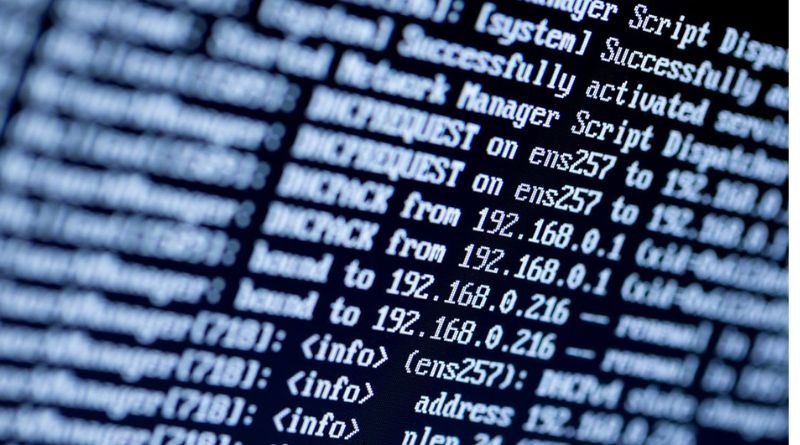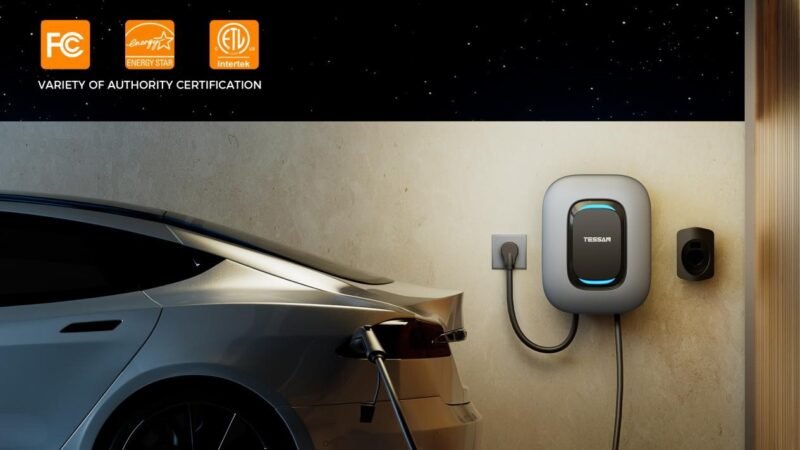How to Optimize Windows 10 Power Settings for Higher Performance

How to optimize Windows 10 power settings? It’s simple, really. Just follow these steps, and you’ll get the most performance from your PC in no time!
1) Optimal Multimedia Experience: Smooth gaming, lag-free streaming
- Select High performance in the battery drop-down menu.
- Set Processor power management -> Minimum processor state to 100%.
- Set Processor power management -> System cooling policy to Active.
- In Advanced power settings, expand Sleep and set Allow hybrid sleep to Off.
- Expand USB settings and set USB selective suspend setting to Disabled.
- Under PCI Express, set Link State Power Management to Off.
- Save your changes and exit the advanced power settings menu.
- In system properties, select Computer name > Change settings > Restart now > Yes. Your computer will restart and you will be on a high performance power plan with less risk of data loss from sudden shutdowns or restarts. However, this is not recommended if you use a laptop because it may reduce battery life.
2) Extended Battery Life in Laptop Mode
By default, Windows 10 is configured for best battery life. This means that some of the performance features are turned off. But, if you’re plugged in and want higher performance, you can change the power settings. Here’s how 1) Open Control Panel
2) Select System and Security
3) Select Power Options
4) Click Change plan settings on your current power plan (should be selected by default). In the next window, select Change advanced power settings.
5) Scroll down to Processor power management and choose a value between 5% and 100%. The more aggressive the setting, the less battery life you’ll get.
3) Battery Saver Mode / Low Power Mode
You can conserve battery power on your Windows 10 device by putting it into Battery Saver mode, which limits background activity and slows down some apps. Low Power Mode is similar to Battery Saver mode, but it also dims your screen and reduces processor speed to help you get more out of your battery. Here’s how to turn on Battery Saver or Low Power mode
1) Press the Start button in the lower-left corner of the screen and type Power Options in the search box.
2) Click on Power Options in the list that appears at the top.
3) Scroll down to find Choose what the power buttons do. Underneath this heading are two subheadings: When I press the power button and Plugged in.
4) Underneath When I press the power button, select one of these options: Sleep, Shut Down, or Hibernate. Then click Change settings that are currently unavailable to reveal a new window with additional power plan settings. For example, you might want to toggle off Require a password on wakeup if you don’t want the computer to require a password when waking up from sleep mode. To add Low Power Mode as an option under Plugged in, scroll down until you see Advanced power settings and then follow steps 5-8 below.
5) Select Change advanced power settings from the left column of categories; expand then scroll through each category of options until you reach System settings (on/off). In the right column will be a checkbox called Turn On Adaptive Brightness – uncheck it. Then click Apply followed by OK.
4) Optimizing Battery Use In Standby Mode
You can save power by configuring your device to enter standby mode after a period of inactivity. When in standby mode, your device will enter a low-power state and will consume less power. To optimize your device for standby mode, follow these steps 1) Press the Windows key + I to open the Settings menu
2) Click on System
3) Select Power & Sleep from the left side menu
4) Choose Additional power settings on the right side menu
5) Click on Change when plugged in under Plugged In Policy (this determines how long your device should wait before entering standby mode when it is connected to an external power source like a charger). The default setting is one minute but you can change this value to 5 minutes or 10 minutes if you want your device to go into standby more quickly. If you are running low on battery and need longer than 10 minutes before going into standby, you may want to enable Keep Wi-Fi On during sleep under Sleep Policy instead.
5) Disable Wi-Fi Sense
If you’re not using Wi-Fi Sense, there’s no reason to keep it enabled. This feature allows your device to automatically connect to open Wi-Fi networks that it knows about, and it can also share your network password with your contacts. While this may be convenient, it’s also a security risk. If you’re not using Wi-Fi Sense, disable it by opening the Start Menu and going to Settings > Network & Internet > Wi-Fi > Manage Wi-Fi settings.
Then, scroll down and toggle off the option for Connect to suggested open hotspots. It’s still important to turn on Wi-Fi when needed (and use a secure connection when available), but disabling Wi-Fi Sense will prevent your PC from connecting to unknown WiFi networks without your knowledge.
6) Disable Updates from While Away
Connected Standby is a new power-saving mode in Windows 8 that allows your Surface device to stay up-to-date and connected even when it’s in sleep mode. This means your Surface will use less power and start up faster. However, if you’re looking for the highest performance possible, you may want to disable Connected Standby on your Surface. Here’s how 1) Open Control Panel
2) Select System and Security then Power Options
3) In the right panel click Choose what closing the lid does
4) Select Nothing from the dropdown menu
5) Click Change advanced power settings
6) Scroll down until you see Turn off display
7) Expand Sleep options
8) Double-click (edit) On battery
9) Change (edit/replace as necessary): Set time out to never
10). Double-click (edit/replace as necessary): Enter hibernate after: Never
11). Double-click (edit/replace as necessary): Wait before turning off display: Never
12). Save changes by clicking OK
13). Disconnect from your network
14). Turn off wireless adapter
15). Close all programs.
7) Lower screen brightness while reading eBooks (AMOLED screens only!)
AMOLED screens tend to be more power-hungry than other types of screens, so it’s important to lower your screen brightness when reading eBooks. Doing so can help save battery life and improve performance. Right-click on the taskbar at the bottom of the screen, click Properties, then click Start Task Manager.
In the Task Manager window that appears, click Power on the left side bar. Click on the arrow next to Processes in order to sort them by name. Locate any process you want to change or stop in order to reduce its impact on battery life and make a decision based on what you want or need at that time







